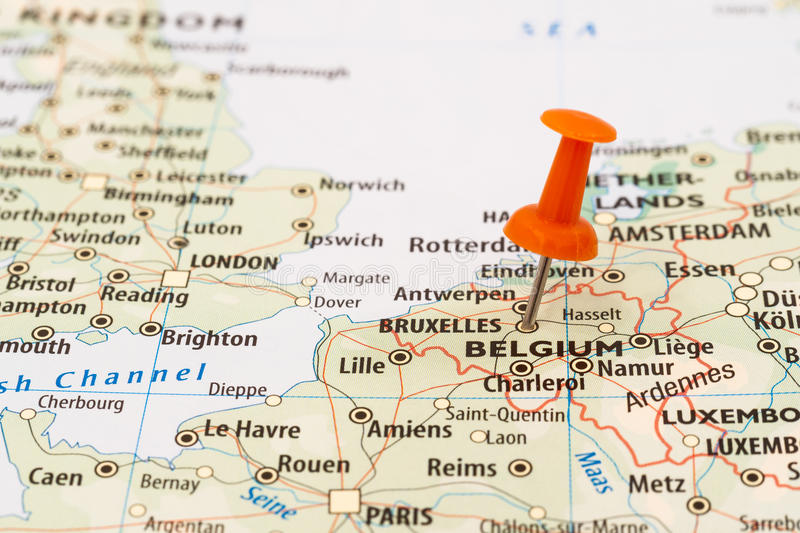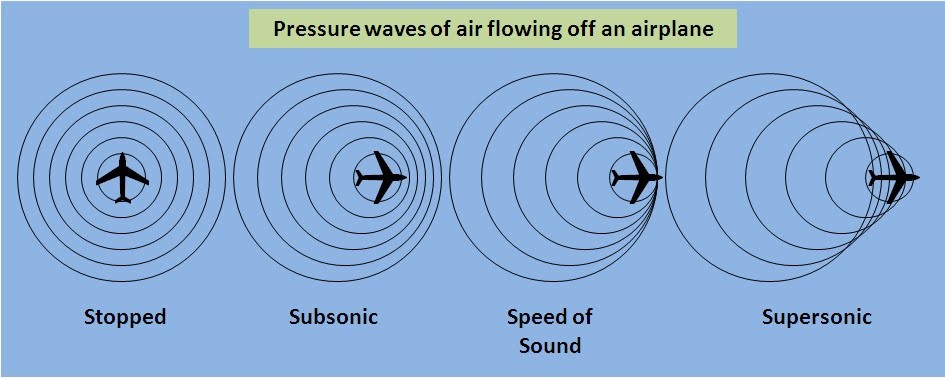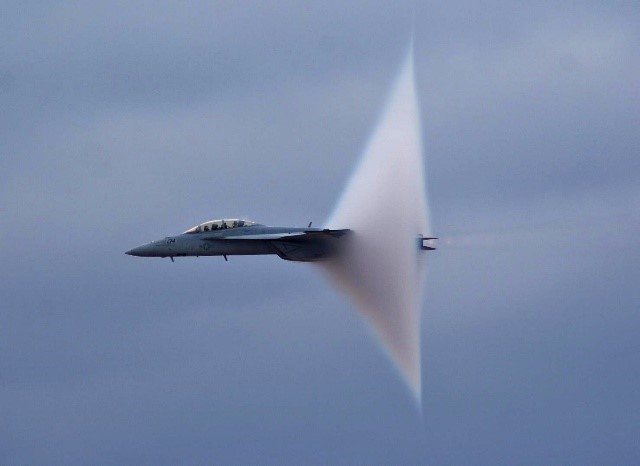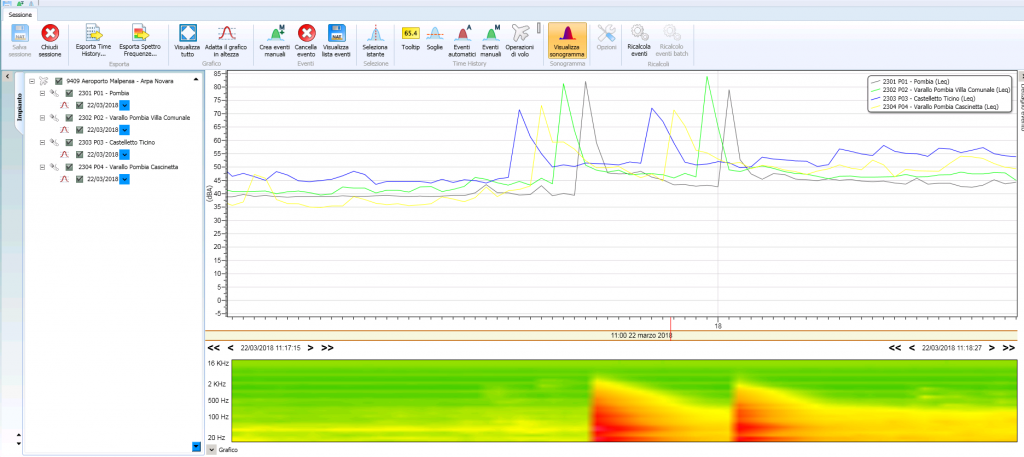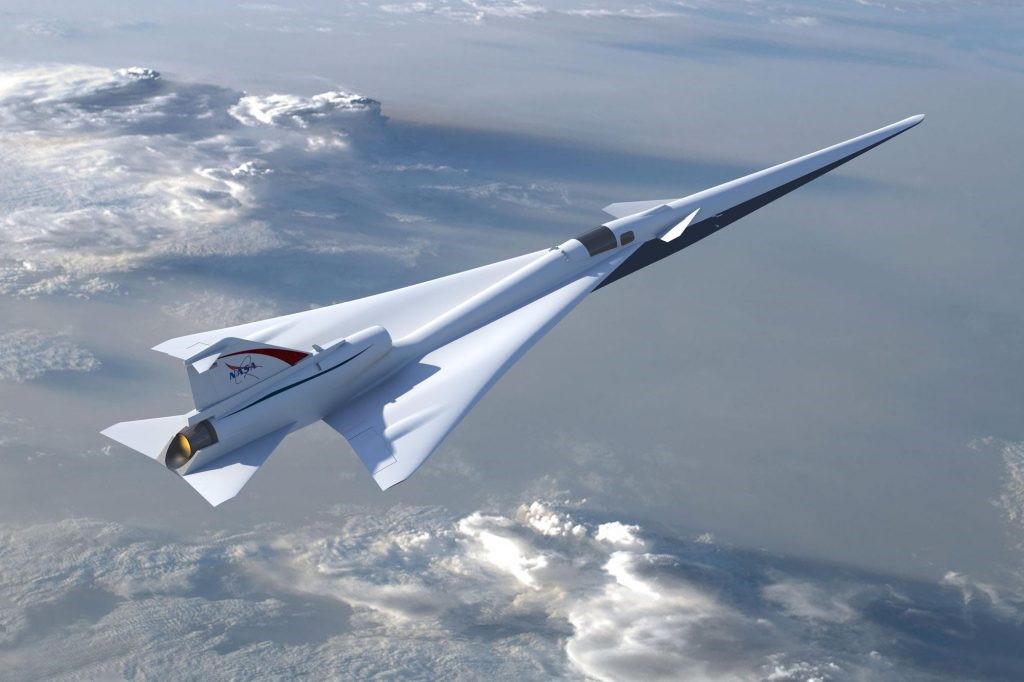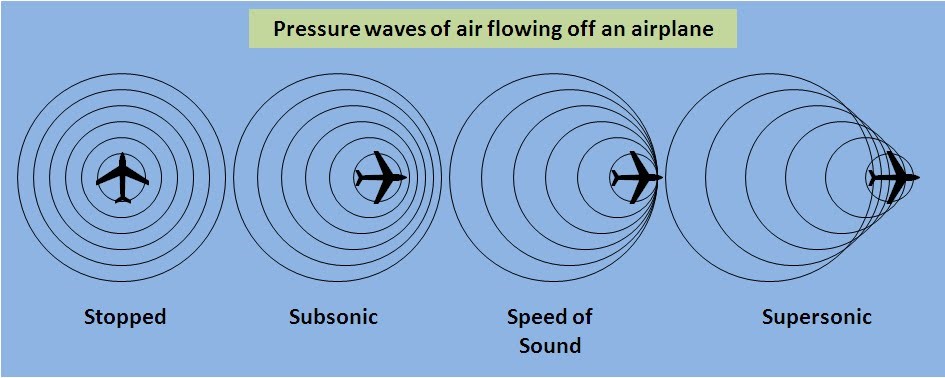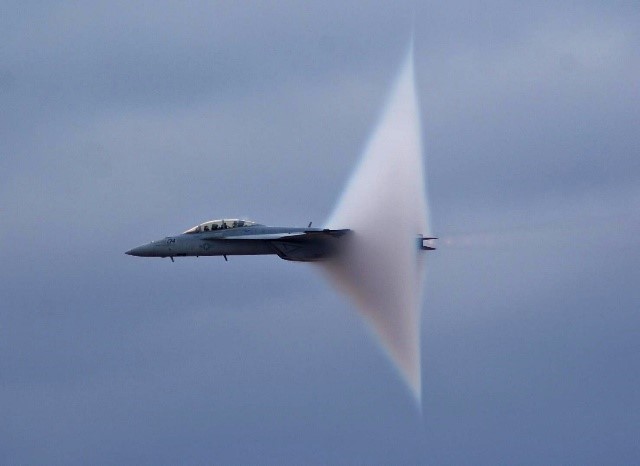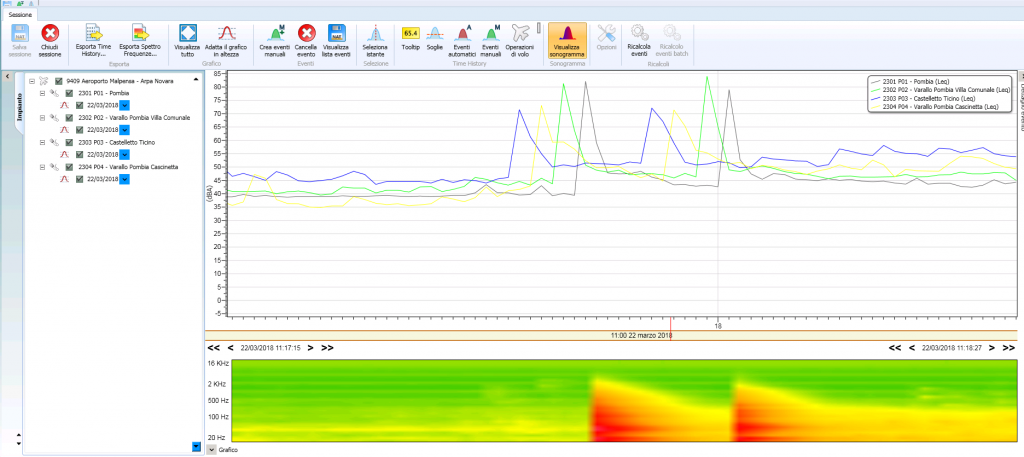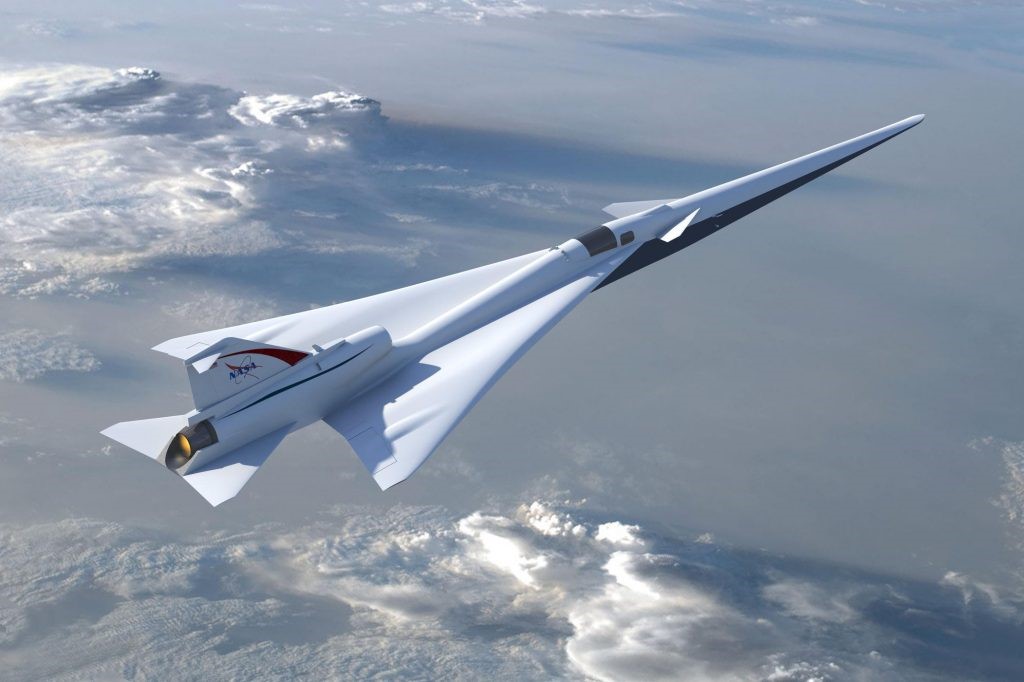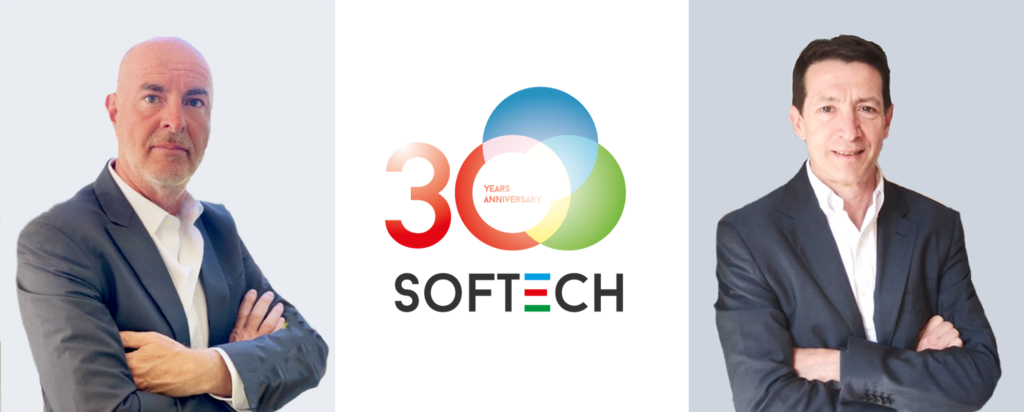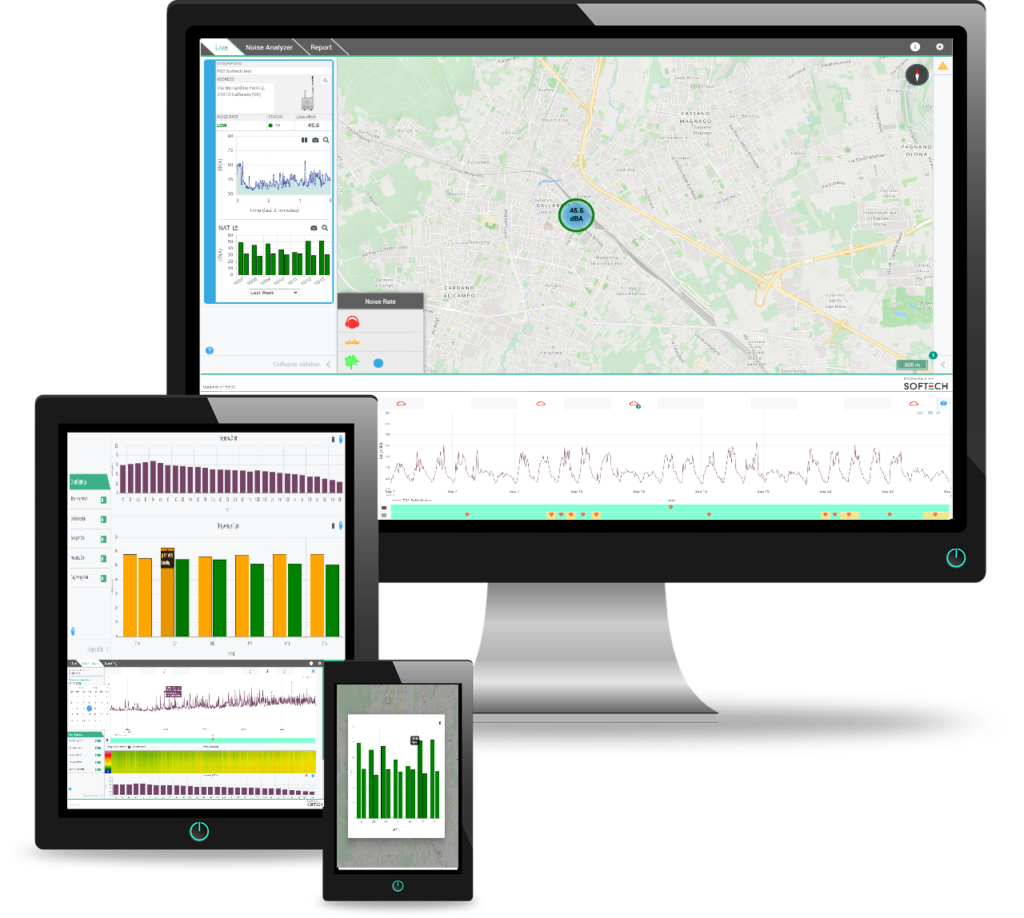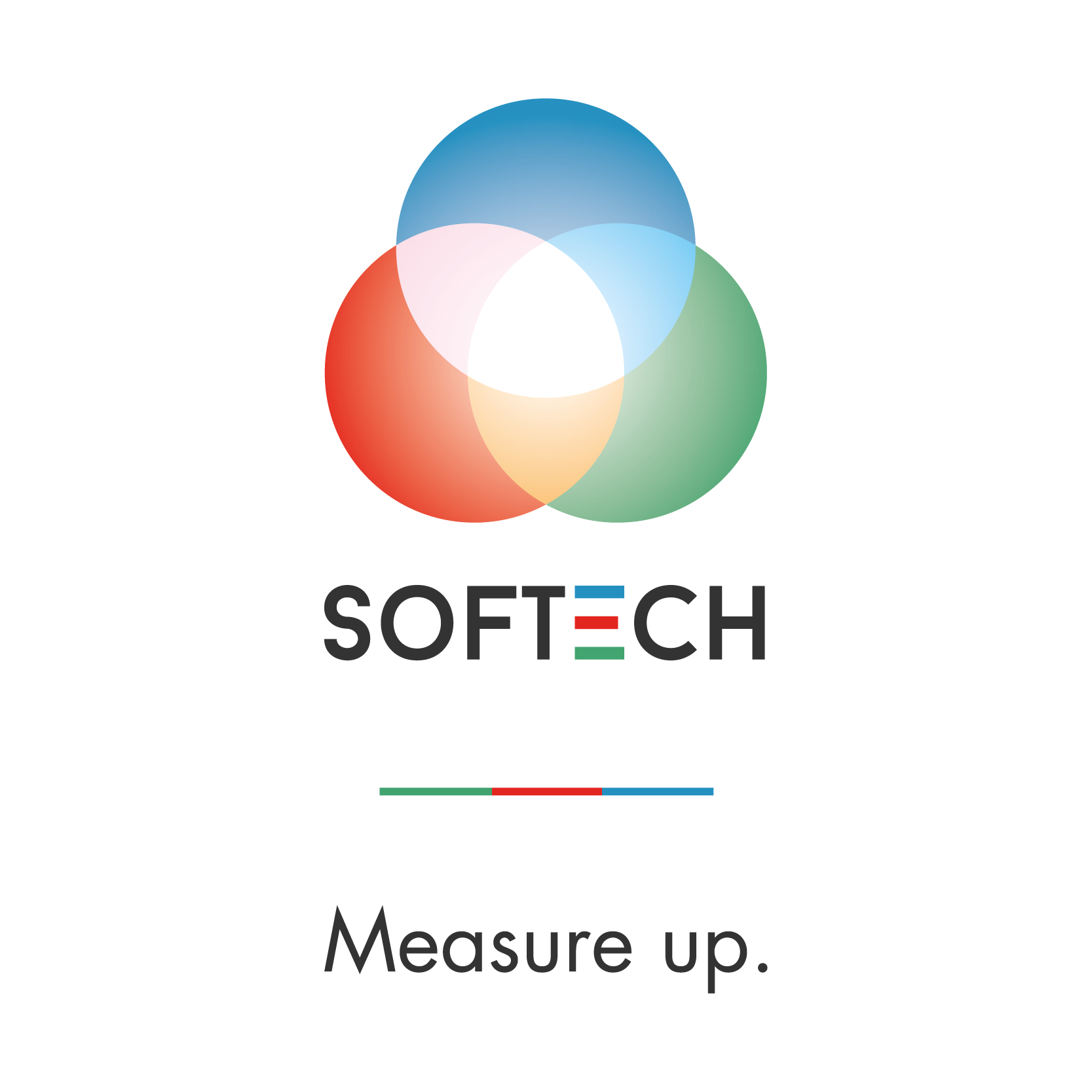Although far from those of the same pre-pandemic period, the numbers on passenger traffic at Italian airports recorded by ASSAEROPORTI for the summer of 2021 show a positive trend that bodes well for a recovery in the sector.
Among the airports with the best performances: the Marconi of Bologna, the Airport of Cagliari, Rome Fiumicino and Catania Fontanarossa.
The latter in the single month of July recorded a +121% of passengers compared to 2020 and a -19.96% compared to 2019: a negative percentage but still important considering the restrictions and limitations (especially to Extra-EU flights) still in act. Recognizing the importance of the results obtained was also the new chairman of ENAC Pierluigi Di Palma, who during his visit to the airport, on August 10, expressed admiration for what, in his opinion, should be << the hub of southern Italy >> ( click for the source).
The success can be partly explained by the novelties introduced to facilitate users, such as the kiss&fly areas, parking promotions, health checks and passenger screening.
➡ BUT CATANIA WAS ALREADY FLYING HIGH BEFORE THE PANDEMIC
In fact, in 2019, it was ranked in fifth position among the top ten Italian airports: nice goal for the Etnean airport, which also preceded Milan Linate and Naples in the ranking ( ASSAEROPORTI).
At the base of these excellent results, SAC’s willingness to invest and innovate in order to improve and make infrastructure and technologies more efficient; this predisposition is also found in the environmental management implemented by the company.
And we know it well: for almost 20 years we have been collaborating with the airport on environmental matters, providing systems and complementary products dedicated to monitoring noise and air quality.
➡ SINCE 2005 IT HAS INSTALLED OUR MONITORING AND ENVIRONMENTAL ANALYSIS SYSTEM SARA
One of the most complete systems, which has grown over the years to meet the specific needs of the airport, capable of analyzing the impact of air traffic on both noise pollution levels and air quality. The data collected is made available to the public via the website (with a link to ours Public Viewer) and on Environmental Totems installed in the gates, as proof of transparency and reliability.
And there is more: Catania Fontanarossa was also the first airport in Italy to equip itself with a CONTROL ROOM completely dedicated to environmental issues; it is a suitable work area in which both the activities of use of the monitoring system and the presentation of the system itself to external subjects such as control bodies (ARPA, etc.) or other qualified subjects can be carried out.
➡ BUT AIRPORT POLLUTION IS NOT ONLY THE FAULT OF AIRCRAFT
SAC knows it well. This is why, alongside the SARA “fully equipped” system, it has added EAGLE4AIRPORTS, our airport fleet management system which allows you to keep under control the CO2 emissions of vehicles other than aircraft (passenger buses , towing trolleys, vehicles for maintenance / luggage transport, etc.) together with other functions .
In short,a full-circle monitoring, which makes the airport truly at the forefront of implementing and sharing environmental best practices.
➡ INNOVATION, SUSTAINABILITY AND FORESIGHT
seem to be the winning cards of Catania Fontanarossa, an example of success in the airport sector that we are proud to count among our customers..
